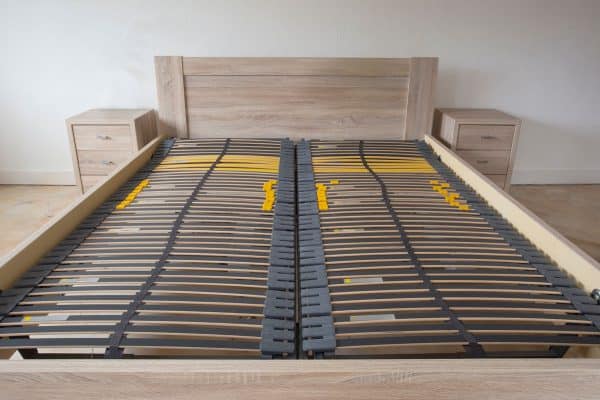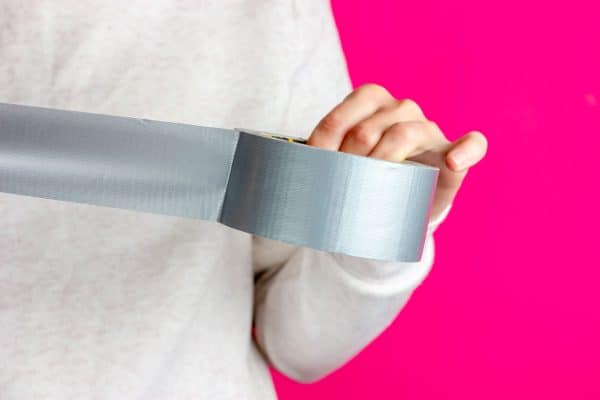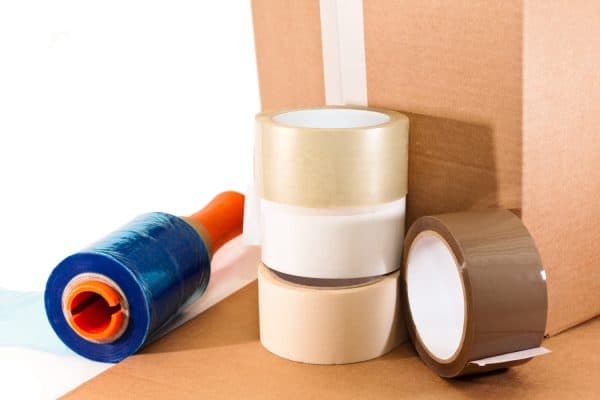As a homeowner, you know that moving is always a hassle. But one of the most challenging tasks can be packing your bowls. If you want to make sure your fragile bowls survive the move intact, follow the tips we gathered from our thorough research.
Packing your bowls for moving could be quite daunting. So, here are a few steps you can do to pack them correctly:
- Determine what you will need in your bowls for the move
- Gather your packing supplies
- Pack bowls first in bubble wrap or newspaper
- Use packing peanuts, foam sheets, or air-filled bags to protect bowls from breaking
- Label each bowl with its contents and the room it will be going to in your new home
- Make sure that all of your bowls are packed securely and will not shift around during transport
To learn more about the proper way of packing and unpacking bowls for your moving, see the compiled steps below. Additionally, get more ideas on the different materials you can use to secure your kitchen items.
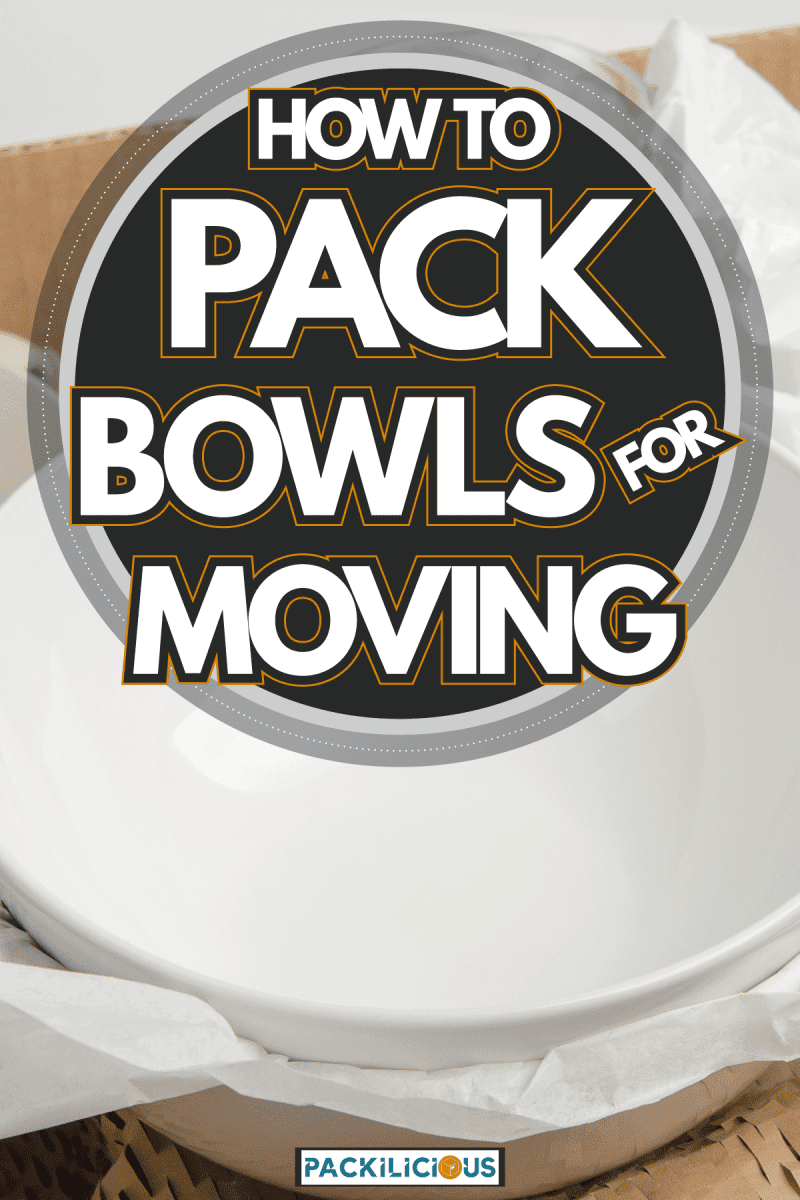
How to pack bowls for moving?
Step 1: Determine what you will need in your bowls for the move
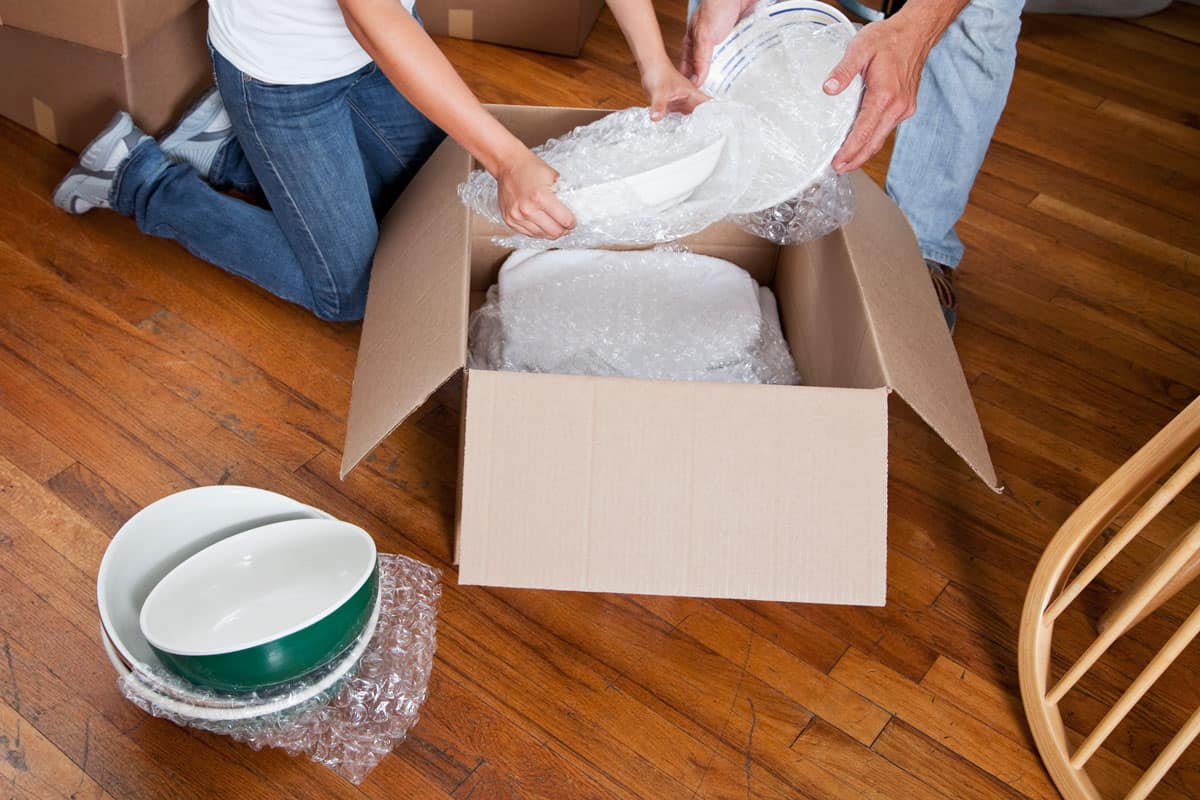
When you're packing up your belongings for a move, it's important to take stock of everything you have and decide what you'll need to bring with you and what can be left behind. This process is especially important when it comes to your kitchenware, as you'll want to make sure you have all the pots, pans, and dishes you need to make meals in your new home.
However, it's also important to not overpack your kitchen – after all, you'll likely be eating out more often during the move itself and may not need all of your usual cooking supplies.
A good rule of thumb is to pack only the bowls you think you'll actually use in the near future. This way, you can avoid lugging around unnecessary weight and save some space in your new home for other things.
Step 2: Gather Your Packing Supplies
Before you start packing up your bowls, it's important to gather the proper supplies. This includes packing peanuts or bubble wrap, packing paper, and strong boxes that are the right size for your bowls.
It's also a good idea to have a few towels on hand, as you can use them to cushion your bowls and prevent them from shifting around during the move.
Step 3: Pack bowls first in bubble wrap or newspaper
To ensure your bowls arrive safely, it's important to pack them properly. Bubble wrap and newspaper are both great materials for wrapping bowls. Simply choose one and wrap each bowl tightly.
Packing bowls first in bubble wrap or newspaper can have several benefits. For one, it can help to protect the bowls from breaking during the move. Bowls are fragile items, and they can easily be cracked or chipped if they are not packed properly.
By wrapping them in bubble wrap or newspapers, you can help to cushion them and reduce the risk of damage. In addition, packing bowls first can also help to prevent them from sliding around and getting scratched or nicked during the move.
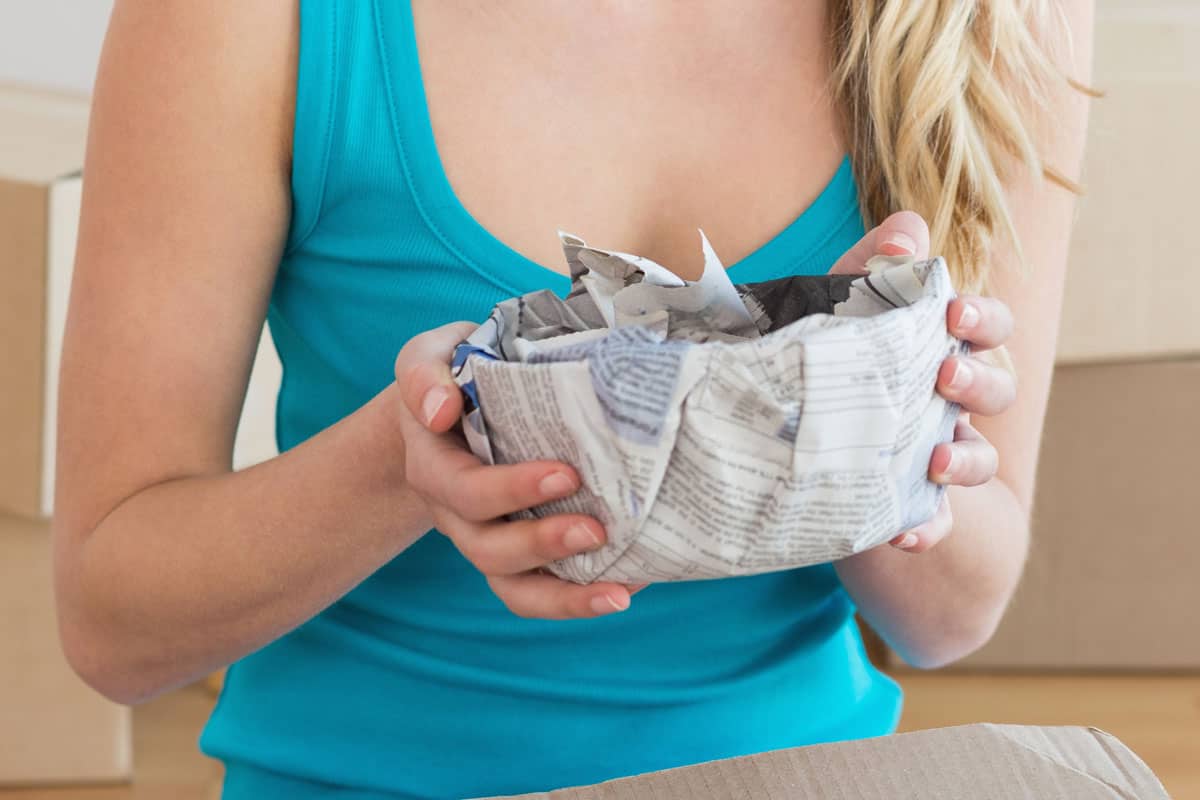
This is especially important if you have valuable or sentimental bowls that you want to keep in good condition.
Grab bubble wrap sheets to pack your bowls. - See them on Amazon.
Step 4: Use packing peanuts, foam sheets, or air-filled bags to protect bowls from breaking
While packing for a move or storing dishes for the winter, you have probably used packing peanuts, foam sheets, or air-filled bags to protect your bowl from breaking. These materials are also great for protecting your bowl while you are shipping it to someone.
Packing peanuts and foam sheets help to keep your bowl from moving around and getting damaged in transit. Air-filled bags help to cushion your bowl and prevent it from breaking if it is dropped.
In addition, these materials can also help to absorb shock and protect your bowl from temperature changes. So next time you need to pack up your dishes, be sure to use packing peanuts, foam sheets, or air-filled bags to keep them safe.
Step 5: Label each bowl with its contents and the room it will be going to in your new home
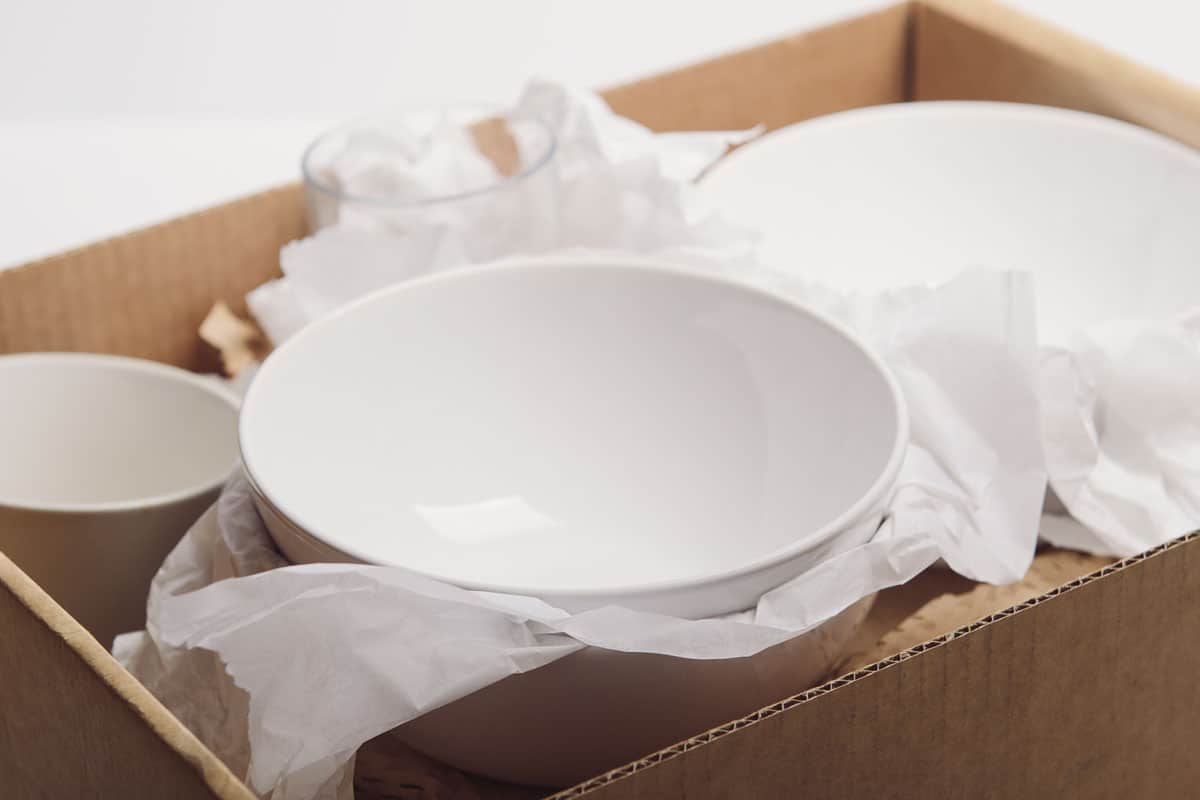
Moving to a new home can be an exciting but stressful time. There are so many things to do and remember, from packing up all your belongings to making sure the utilities are turned on in your new place.
One way to make the moving process a little easier is to label each bowl with its contents and the room it will be going to in your new home. This will help you keep track of what goes where and make unpacking a breeze.
Furthermore, it will save you time and frustration as you won't have to search through all the boxes for the right bowl. So next time you move, be sure to label each bowl accordingly and make your life a little simpler.
Use permanent markers to label your kitchen items. - View them on Amazon.
Step 6: Make sure that all of your bowls are packed securely and will not shift around during transport
In addition, it's important to make sure that the box or crate is properly sealed so that your bowls don't fall out during transport. It's a good idea to pack them properly so they don't shift around and potentially break.
Once you've packed up your bowls, be sure to check that all the lids are on tight and the boxes are securely closed. This will help to prevent your bowls from shifting around during the move and getting damaged.
Secure your kitchen items in cardboard boxes. - Check them on Amazon.
Is bubble wrap or paper better for packing?
Packing is an essential part of any move, and choosing the right materials can make a big difference. Bubble wrap and paper are two of the most common packing materials, but which one is better?
Bubble wrap has the advantage of being more durable and offering more protection for delicate items. But then, it can be more expensive than paper and is not as eco-friendly. Paper, on the other hand, is less expensive and more widely available. It is also easier to recycle than bubble wrap.
When it comes to packing, both bubble wrap and paper have their pros and cons. Yet still, the best choice depends on the items you need to pack and the budget.
What can I use instead of packing paper?
There are a number of things you can use instead of packing paper when you're moving. One option is to use old towels or sheets. You can also use clothing items that you don't mind getting wrinkled, such as t-shirts or sweatshirts.
If you have any leftover cardboard boxes, you can cut them up and use them as packing material.
By thinking outside the box, you can find a number of creative ways to pack your belongings without having to spend money on packing paper.
What are the cheapest packing materials?
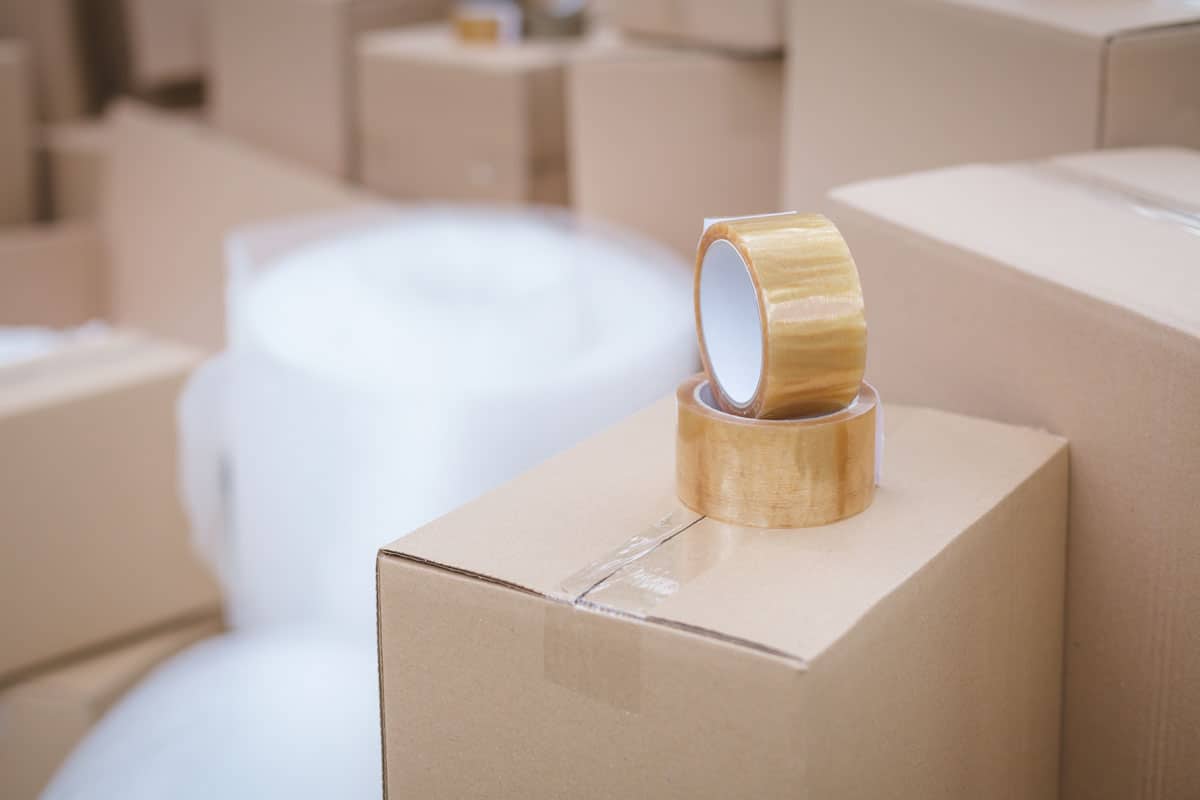
Packing materials come in all shapes, sizes, and price points. For those on a tight budget, the cheapest option is often to repurpose household items such as old newspapers, towels, and blankets. This can be an effective way to save money, but it does require a bit of creativity.
For example, using old newspapers to line boxes can help to prevent items from shifting during transit. Towels can be used to pad fragile items, and blankets can be used to wrap larger items.
However, it's important to keep in mind that these materials may not offer the same level of protection as dedicated packing materials. As such, they should only be used for items that are relatively easy to replace.
How to unpack bowls when you reach your new home?
One of the most difficult things about moving is the unpacking process. After spending hours or days packing up your belongings, the last thing you want to do is spend even more time unpacking and organizing everything in your new home.
But then, taking the time to unpack bowls properly will save you a lot of headaches later on.
Here are a few steps you can do:
- Start by finding a suitable storage spot for them; a kitchen cabinet or pantry is usually ideal.
- Then, take each bowl out of its box and wrap it in bubble wrap or foam padding. This will help to protect the bowl from chips and scratches.
- Finally, stack the bowls in a pyramid formation, with the largest bowl at the bottom and the smallest at the top. This will help to prevent them from toppling over and breaking.
Final Words
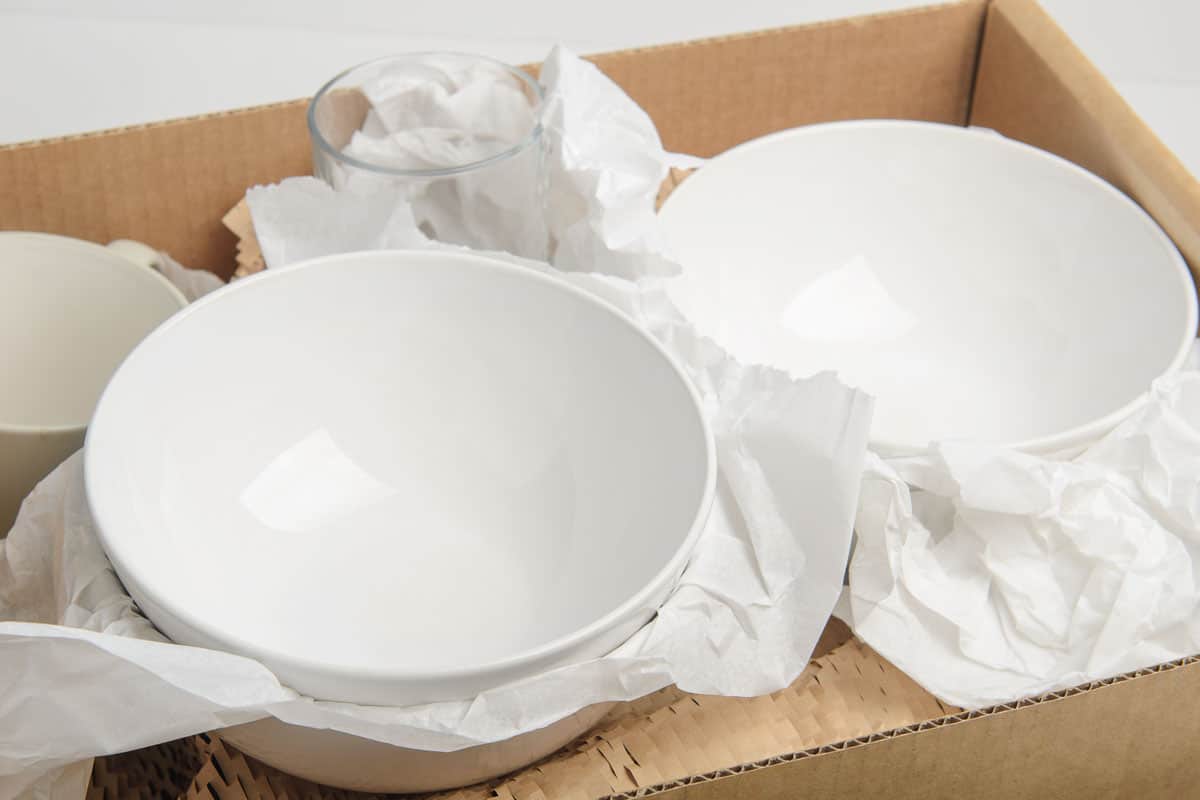
Moving is always a busy time, but it doesn’t have to be stressful. With the simple tips discussed earlier, you can make sure that your kitchen items are packed safely and securely so that they don’t get damaged in transit. Try them on your next move and see how effective these steps are for keeping your items safe and sound.
To get more ideas on how to properly pack things, check out to your upcoming articles.




